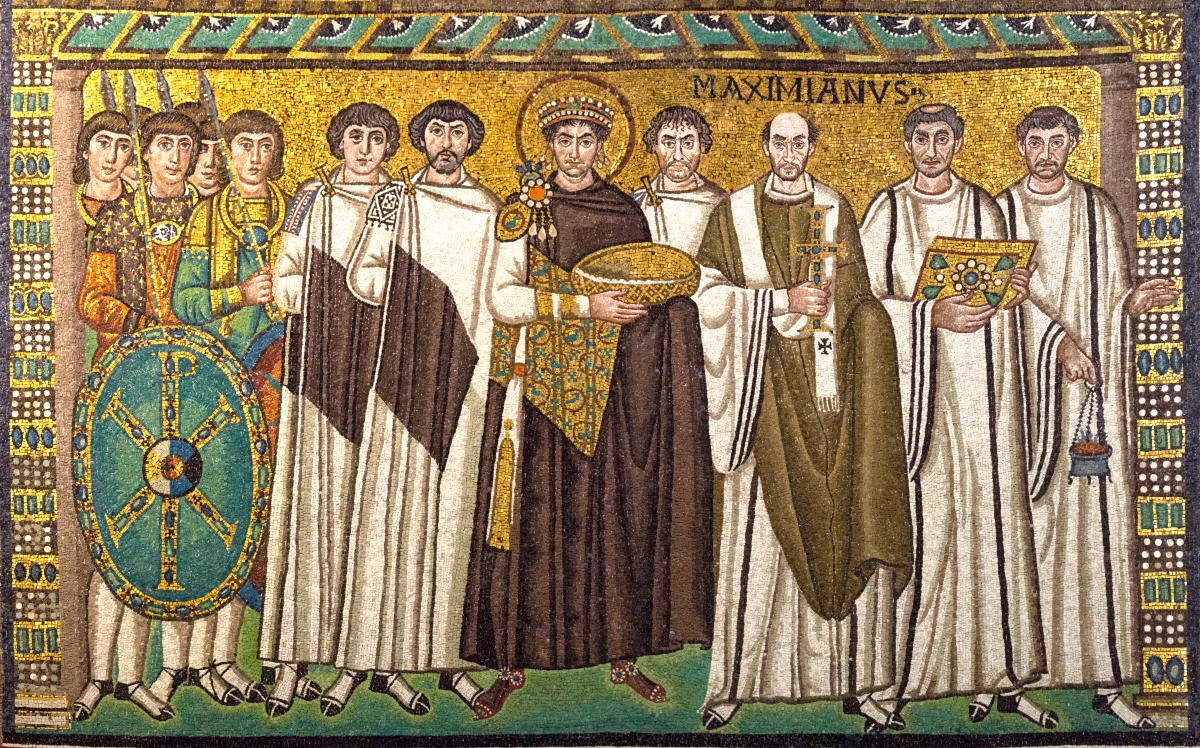A recent discovery in the mountainous region of south-central Norway has brought to light an ancient Byzantine gold coin, as reported by CBS News.
Unearthed by a metal detectorist, the coin, known as a “histamenon nomisma” or standard coin, originates from the Byzantine Empire and is believed to have been minted in Constantinople.
This significant artifact carries historical and religious significance. One side of the coin features an image of Jesus Christ holding a Bible, accompanied by a Latin inscription that declares “Jesus Christ, King of those who reign.” On the reverse side, the coin displays the images of Byzantine emperors Basil II and Constantine VIII, with a Greek inscription identifying them as “Basil and Constantine, emperors of the Romans.”
Researchers in the local Norwegian region estimate that the coin was minted between A.D. 977 and 1025. The intriguing aspect of this discovery lies in its potential journey to Norway, which is thought to have occurred later.
It is suggested that King Harald Hardrade, who ruled Norway from A.D. 1046 to 1066, may have brought the coin to Norway. King Harald could have acquired the coin during his service as a guard for the Byzantine Empire in Constantinople, or it may have reached Norway through the salt trade, offering fascinating insights into historical connections and cultural exchanges between distant civilizations.



